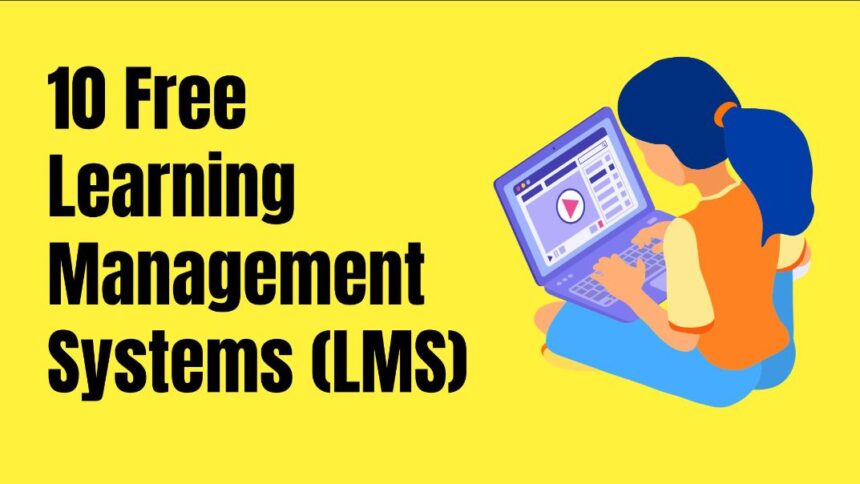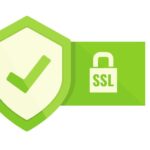Entering the realm of Learning Management Systems (LMS) may appear overwhelming at first, but with a strategic approach in place, the transition can be quite smooth sailing indeed! Free LMS software provides solutions tailored to a range of educational requirements. Mastering the art of utilizing these tools efficiently is key to providing captivating learning experiences that leave a lasting impact on students’ knowledge retention and engagement levels.
Assessing Requirements and Objectives
Prior to starting the implementation process for a free LMS software, it is crucial to assess the needs and objectives in depth as a key initial step. Organizations must carefully evaluate their goals. Identify what they aim to accomplish with the LMS in place. Whether the focus is on enhancing employee training or boosting student engagement levels, having clear and defined goals plays a role in steering the selection process. A thorough grasp of requirements guarantees that the selected software matches up with the organization’s overarching aspirations.
Considering the Choices
When you have LMS choices to choose from, it’s important to look into what each platform has to offer in terms of features. Certain systems stand out for their functions that cater to diverse learning settings. Some are great for making content, while others focus more on engaging users and promoting collaboration. Think about the features that align with your identified requirements, making sure you make a choice. This evaluation process will help you limit your options and pick the tool that fits best.
Putting Things in Action
Getting ready is essential for integrating any technology into your operations. The first step involves forming a team specifically tasked with managing the implementation process; this team ought to consist of individuals from different areas of the organization to provide viewpoints. Up is creating a strategy that clearly maps out the required actions, timeframes, and resources. A thought-out plan helps reduce disruptions and ensures the organization stays focused on its goals.
Involving Stakeholders
Involving stakeholders at every stage of the process increases the chances of a rollout. Consistent communication ensures everyone stays updated on the progress and potential hurdles. Engaging educators and learners promotes a feeling of shared responsibility and fosters teamwork. When stakeholders actively engage in the process, they feel a sense of commitment to the system’s success, resulting in an integration.
Training Assistance
Proper training plays a role in getting the most out of LMS software by ensuring users have the necessary skills to use the platform efficiently and effectively navigate through it with ease. These training sessions should focus on teaching users functionalities like creating courses, using assessment tools, and managing user access. Moreover, providing support helps users feel more self-assured and empowered. A team that is trained leads to learning outcomes and increased satisfaction for all participants involved.
Tailoring the Platform
Enhancing the learning management system (LMS) experience through customization is vital to meeting the needs of organizations. The availability of customization options in LMS software enables the adjustment of layouts and branding to suit individual preferences and requirements. This personal touch improves user engagement by creating a platform that encourages participation. Personalized features also make it possible to incorporate resources that cater to diverse learning styles and preferences.
Keep Track of Performance
It is essential to keep track of and assess how well the Learning Management System (LMS) is performing in order to manage learning processes. Regularly evaluating how the system affects results and collecting feedback from users offers an understanding of where enhancements or modifications are necessary. Utilizing data-driven assessments allows organizations to enhance the LMS to meet changing requirements effectively.
Tackling Difficulties
Using no-cost LMS software might come with some hurdles that need solutions, in place to tackle them effectively. Typical challenges could involve glitches, resistance to ways of working, or limited availability of resources. Dealing with these issues promptly is crucial to keep things moving forward smoothly. Setting up a support network that includes tech support and channels for user input can help overcome obstacles. Being flexible and adaptable is key when facing these kinds of challenges.
Conclusion
Using LMS software comes with benefits for companies looking for efficient learning management solutions. Assessing requirements and investigating choices while involving stakeholders can lead to an implementation process. Training sessions tailored to needs and ongoing assessments play a role in maximizing the efficiency of the system. Confronting obstacles directly and promoting a culture of growth is essential for sustaining success in the run. Through planning and effective implementation strategies, free LMS software enables organizations to provide educational opportunities.




